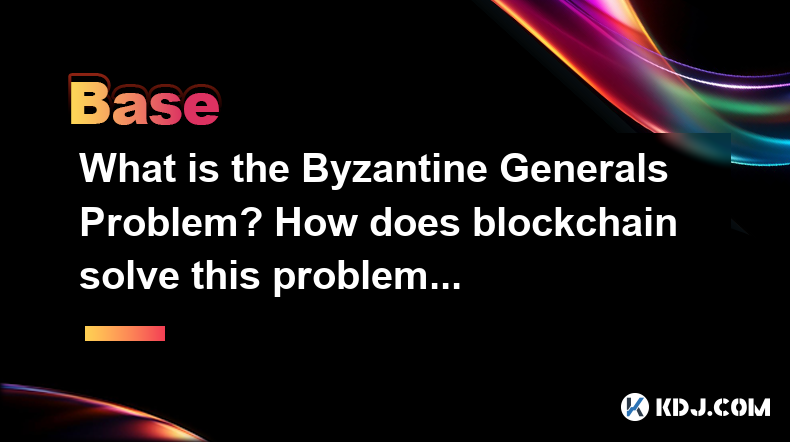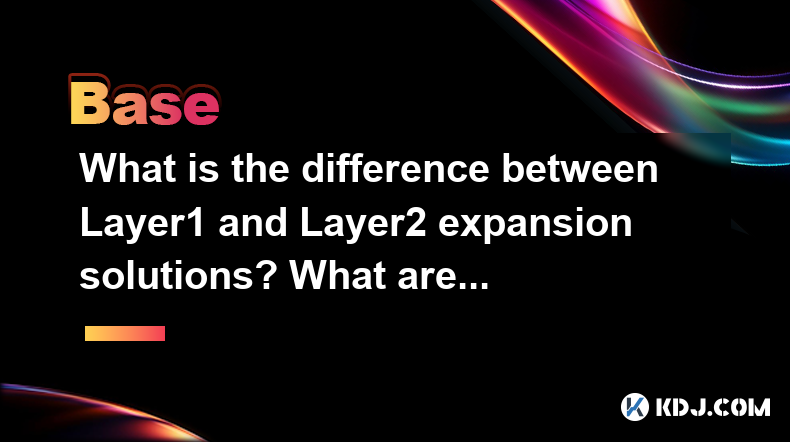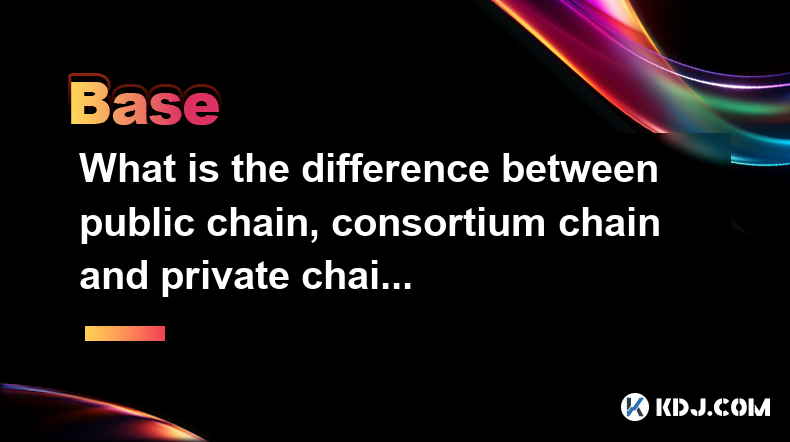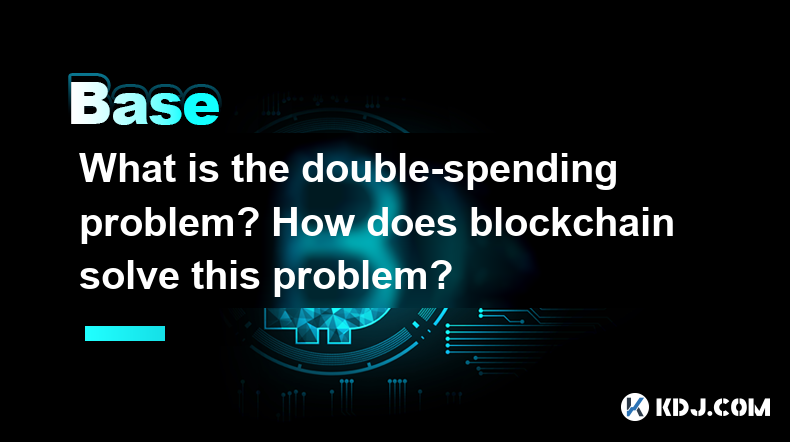-
 Bitcoin
Bitcoin $83,564.8027
0.44% -
 Ethereum
Ethereum $1,810.7231
0.31% -
 Tether USDt
Tether USDt $0.9997
0.00% -
 XRP
XRP $2.1326
3.18% -
 BNB
BNB $594.5748
-0.23% -
 Solana
Solana $120.9049
3.56% -
 USDC
USDC $1.0000
0.00% -
 Dogecoin
Dogecoin $0.1690
2.41% -
 Cardano
Cardano $0.6572
0.50% -
 TRON
TRON $0.2369
-0.45% -
 UNUS SED LEO
UNUS SED LEO $9.2222
-3.86% -
 Chainlink
Chainlink $12.8516
-0.47% -
 Toncoin
Toncoin $3.3188
-5.38% -
 Stellar
Stellar $0.2575
-1.32% -
 Avalanche
Avalanche $18.1451
-1.64% -
 Shiba Inu
Shiba Inu $0.0...01233
1.07% -
 Sui
Sui $2.2317
0.36% -
 Hedera
Hedera $0.1629
0.47% -
 Litecoin
Litecoin $84.0375
0.19% -
 Polkadot
Polkadot $4.0061
-0.88% -
 MANTRA
MANTRA $6.2948
-0.41% -
 Bitcoin Cash
Bitcoin Cash $300.7192
-2.60% -
 Bitget Token
Bitget Token $4.5155
0.53% -
 Dai
Dai $1.0000
0.00% -
 Ethena USDe
Ethena USDe $0.9991
-0.05% -
 Monero
Monero $217.8207
1.01% -
 Hyperliquid
Hyperliquid $11.7620
1.59% -
 Uniswap
Uniswap $5.8772
-0.87% -
 Pi
Pi $0.4630
-16.70% -
 OKB
OKB $51.3227
9.10%
What Is Accumulation/Distribution Indicator?
The Accumulation/Distribution Indicator (ADI) quantifies the cumulative volume of a security to ascertain the dominance of buying or selling pressure in a market, facilitating trend identification and divergence analysis.
Oct 17, 2024 at 06:23 am

What Is Accumulation/Distribution Indicator?
1. Overview
The Accumulation/Distribution Indicator (ADI) is a momentum indicator used in technical analysis to measure the cumulative volume of a security over time. It helps traders understand the balance between buying and selling pressure in the market.
2. Calculation
ADI is calculated as follows:
ADI = Previous ADI + (Closing Price - Opening Price) * VolumeWhere:
- Closing Price is the price at the end of the trading day
- Opening Price is the price at the beginning of the trading day
- Volume is the number of shares traded during the day
3. Interpretation
ADI can be interpreted as follows:
- Positive ADI: Buying pressure is dominant, indicating a potential uptrend.
- Negative ADI: Selling pressure is dominant, indicating a potential downtrend.
- Divergences: When ADI diverges from price movements, it can signal a potential trend reversal. For example, if the price continues to rise but ADI starts to decline, it could indicate that the uptrend is losing momentum.
4. Applications
ADI is used in various trading strategies:
- Trend Identification: ADI can confirm or deny existing trends.
- Support and Resistance: ADI can identify potential support or resistance levels based on extreme values.
- Divergence Analysis: Divergences between ADI and price can provide insights into changes in trend momentum.
- Volume Analysis: ADI helps visualize the volume of buying and selling activity, which can complement price analysis.
5. Considerations
- ADI is a lagging indicator, meaning it reacts after price movements.
- It can be noisy in highly volatile markets.
- Combining ADI with other indicators can enhance its reliability.
6. Example
Let's assume the following data:
| Date | Open | Close | Volume | ADI |
|---|---|---|---|---|
| Day 1 | 10 | 11 | 100 | 100 |
| Day 2 | 11 | 12 | 120 | 240 |
| Day 3 | 12 | 11 | 110 | 330 |
In this example, the ADI shows that the volume of buying was dominant on Days 1 and 2, indicating a potential uptrend. However, on Day 3, the ADI declined while the price remained the same, suggesting a potential loss of momentum in the uptrend.
Disclaimer:info@kdj.com
The information provided is not trading advice. kdj.com does not assume any responsibility for any investments made based on the information provided in this article. Cryptocurrencies are highly volatile and it is highly recommended that you invest with caution after thorough research!
If you believe that the content used on this website infringes your copyright, please contact us immediately (info@kdj.com) and we will delete it promptly.
- Avalanche (AVAX) Saw a Significant Surge in Stablecoin Supply Over the Past Year
- 2025-04-05 14:20:12
- A RARE 50p coin has just sold for over 240 times its face value – and you might have one without even knowing
- 2025-04-05 14:20:12
- Raydium (RAY) Price Could Explode 2x Soon : Analyst Reveals the Critical Trigger
- 2025-04-05 14:15:12
- Yeti Ouro (YETIO) Gains Investor Interest By Delivering Innovative Play-to-Earn (P2E) Model
- 2025-04-05 14:15:12
- VanEck Takes a Significant Step Into the Cryptocurrency Space by Registering a Trust Company in Delaware for a BNB-Linked ETF
- 2025-04-05 14:10:15
- Pi Network (PI) Price Continues Its Downward Slide, Dropping Another 4% to Fall Below $0.70
- 2025-04-05 14:10:15
Related knowledge

Why is the oracle called the bridge between blockchain and the real world?
Apr 04,2025 at 04:00am
The concept of an oracle in the cryptocurrency and blockchain world is crucial for understanding how these decentralized systems interact with external data. The oracle is often referred to as the bridge between blockchain and the real world because it serves as a vital intermediary that fetches, verifies, and transmits off-chain data to the on-chain en...

What is the Byzantine Generals Problem? How does blockchain solve this problem?
Apr 05,2025 at 06:29am
The Byzantine Generals Problem is a classic problem in the field of distributed computing and computer science, which has significant implications for the reliability and security of decentralized systems, including blockchain technology. This problem is named after a hypothetical scenario involving several generals of the Byzantine army who must coordi...

What role does the Merkle tree play in the blockchain? Why can it verify data integrity?
Apr 04,2025 at 01:29pm
The Merkle tree plays a crucial role in the blockchain, primarily due to its ability to efficiently and securely verify data integrity. This article will delve into the structure of a Merkle tree, its implementation in blockchain, and how it ensures the integrity of data. Understanding the Structure of a Merkle TreeA Merkle tree, also known as a hash tr...

What is the difference between Layer1 and Layer2 expansion solutions? What are their advantages and disadvantages?
Apr 05,2025 at 12:49pm
In the world of cryptocurrencies and blockchain technology, scalability is a critical issue that developers and users alike grapple with. To address this, the industry has developed various solutions, primarily categorized into Layer1 and Layer2 expansion solutions. Understanding the differences between these two approaches, along with their respective ...

What is the difference between public chain, consortium chain and private chain? What scenarios are suitable for each?
Apr 04,2025 at 09:21pm
In the world of blockchain technology, understanding the differences between public chains, consortium chains, and private chains is crucial for selecting the right type of blockchain for specific applications. Each type of blockchain has its own unique characteristics and use cases, which we will explore in detail. Understanding Public ChainsPublic cha...

What is the double-spending problem? How does blockchain solve this problem?
Apr 04,2025 at 09:07am
The double-spending problem is a significant challenge in the realm of digital currencies. Double-spending refers to the potential for a digital currency to be spent more than once. This issue arises because digital files, unlike physical cash, can be easily duplicated. If not addressed, double-spending could undermine the integrity and trust in any dig...

Why is the oracle called the bridge between blockchain and the real world?
Apr 04,2025 at 04:00am
The concept of an oracle in the cryptocurrency and blockchain world is crucial for understanding how these decentralized systems interact with external data. The oracle is often referred to as the bridge between blockchain and the real world because it serves as a vital intermediary that fetches, verifies, and transmits off-chain data to the on-chain en...

What is the Byzantine Generals Problem? How does blockchain solve this problem?
Apr 05,2025 at 06:29am
The Byzantine Generals Problem is a classic problem in the field of distributed computing and computer science, which has significant implications for the reliability and security of decentralized systems, including blockchain technology. This problem is named after a hypothetical scenario involving several generals of the Byzantine army who must coordi...

What role does the Merkle tree play in the blockchain? Why can it verify data integrity?
Apr 04,2025 at 01:29pm
The Merkle tree plays a crucial role in the blockchain, primarily due to its ability to efficiently and securely verify data integrity. This article will delve into the structure of a Merkle tree, its implementation in blockchain, and how it ensures the integrity of data. Understanding the Structure of a Merkle TreeA Merkle tree, also known as a hash tr...

What is the difference between Layer1 and Layer2 expansion solutions? What are their advantages and disadvantages?
Apr 05,2025 at 12:49pm
In the world of cryptocurrencies and blockchain technology, scalability is a critical issue that developers and users alike grapple with. To address this, the industry has developed various solutions, primarily categorized into Layer1 and Layer2 expansion solutions. Understanding the differences between these two approaches, along with their respective ...

What is the difference between public chain, consortium chain and private chain? What scenarios are suitable for each?
Apr 04,2025 at 09:21pm
In the world of blockchain technology, understanding the differences between public chains, consortium chains, and private chains is crucial for selecting the right type of blockchain for specific applications. Each type of blockchain has its own unique characteristics and use cases, which we will explore in detail. Understanding Public ChainsPublic cha...

What is the double-spending problem? How does blockchain solve this problem?
Apr 04,2025 at 09:07am
The double-spending problem is a significant challenge in the realm of digital currencies. Double-spending refers to the potential for a digital currency to be spent more than once. This issue arises because digital files, unlike physical cash, can be easily duplicated. If not addressed, double-spending could undermine the integrity and trust in any dig...
See all articles




















































































